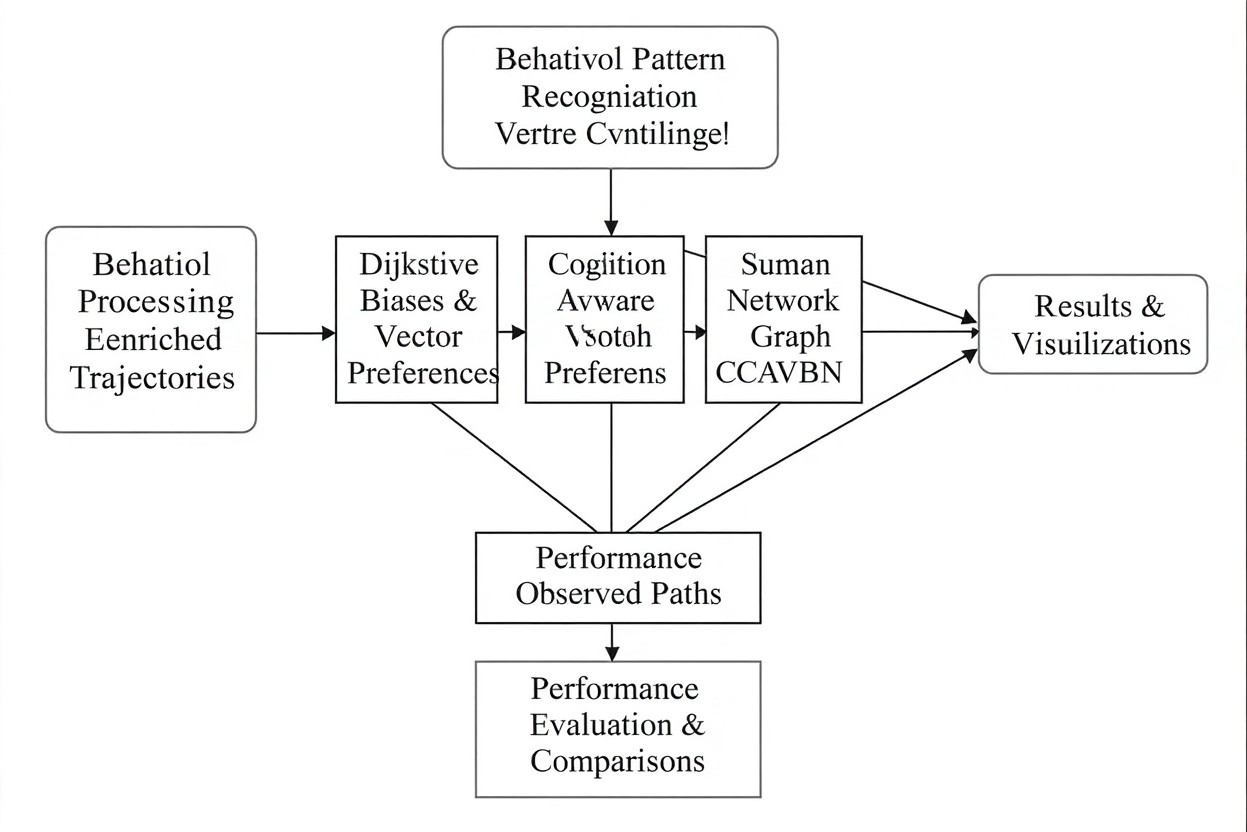Cognition-Driven Urban Navigation: Integrating Vector-Based Human Pathfinding into Smart City Design and Intelligent Systems
Keywords:
Technological Development, Strategic Decision-Making, Emerging Trends, Interactive Design, Visualization Techniques, Trend Mining, ClientFirst Services Private Limited Sylhet, BangladeshAbstract
This paper investigates the integration of human cognitive navigation patterns, particularly vector-based pathfinding and directional asymmetries, into smart city design and intelligent transportation systems. Analysis of large-scale pedestrian GPS trajectories shows that individuals often deviate from shortest paths, preferring routes shaped by directional consistency, landmarks, and cognitive ease. Such behaviors challenge conventional distance-minimizing models. We propose a cognition-aware framework that models these biases through a vector-based cost function and asymmetric path representation, validated against real-world trajectory data. Experiments demonstrate that our model better predicts human routes, achieving higher accuracy in capturing path length deviations, directional consistency, and asymmetry than traditional approaches. These findings highlight the importance of embedding cognitive principles into urban navigation algorithms, enabling the development of more intuitive, adaptive, and human-centric urban mobility solutions. This work contributes to the design of intelligent infrastructures that align with the natural complexities of human behavior.
Downloads






